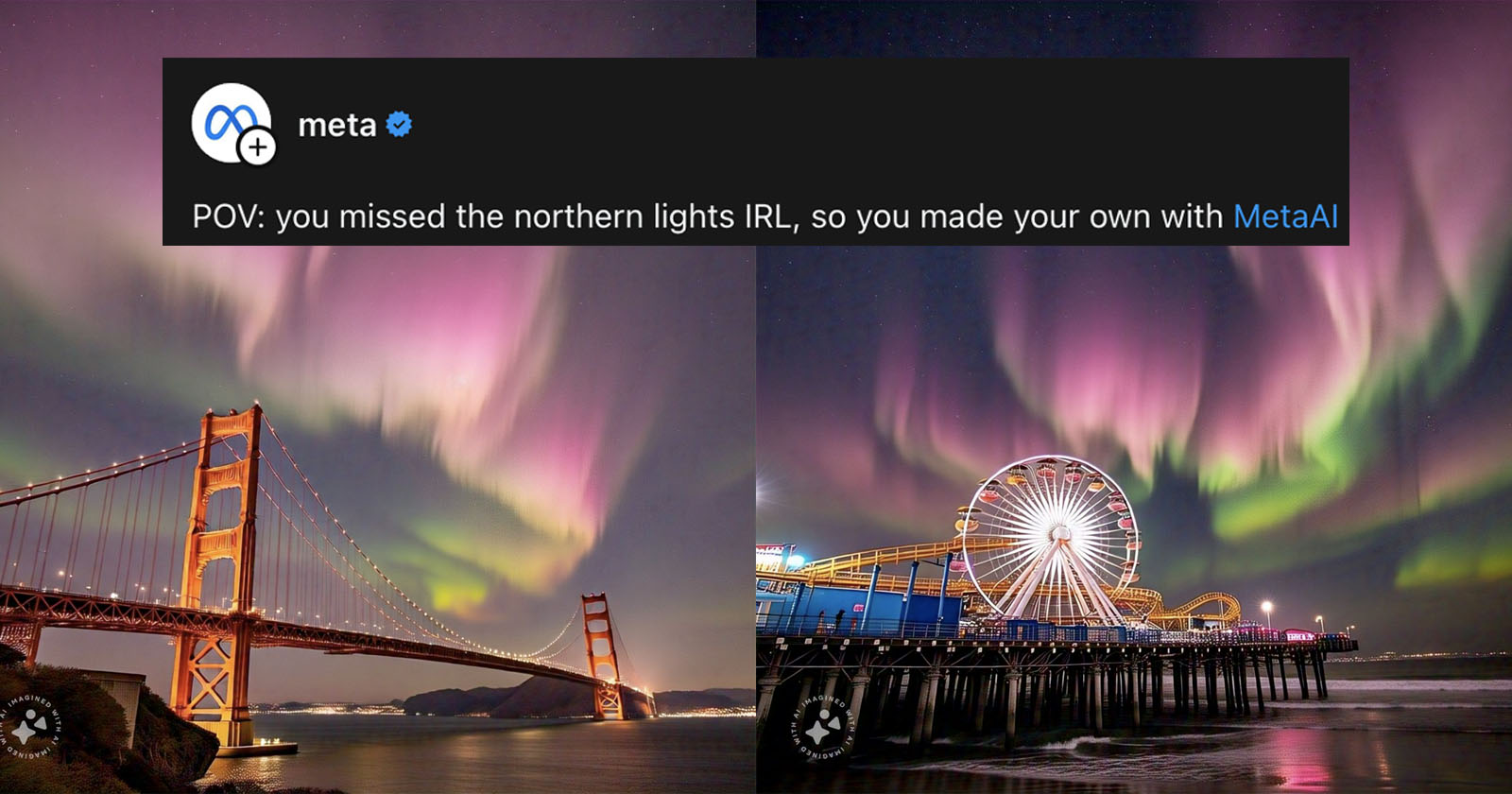Meta’s AI Northern Lights Post Highlights Big Tech’s Disregard for Artists

Meta’s AI and Its Impact on Artists
Introduction to the Incident
Recently, Meta, the parent company of Facebook and Instagram, sparked controversy by posting AI-generated images showcasing well-known cities illuminated by the Northern Lights. The caption, "You missed the northern lights IRL, so you made your own with MetaAI," did not sit well with many artists and photographers who felt disrespected by this statement. This incident highlights a larger issue regarding how big tech companies view and treat creative professionals.
The Disregard for Artists
The term "contempt" is essential to understanding the situation. It signifies a feeling that something is unworthy of respect or consideration. Although Meta and other tech giants acknowledge the presence of artists on their platforms, they often fail to recognize the true value of artistic work. They appear to prioritize profit over the appreciation of creative labor, considering it almost disposable or of little worth.
Reactions from the Community
The backlash against Meta’s post was immediate and intense. Users responded with strong criticism, labeling the post as "utter rubbish," "ridiculous," and expressing feelings of disappointment. Despite the negative feedback, Meta showed no signs of removing the post, reinforcing the impression that it does not truly value the opinions of its artistic community.
This situation mirrors broader trends where social media platforms profit from visual content created by artists while offering minimal recognition or compensation in return.
The Culture of Appropriation
This issue is not new. Many celebrities have previously faced criticism for posting photographers’ work without proper credit or permission. Such actions trivialize the effort and skill that go into creating quality visual art. Unfortunately, this mindset fosters a dangerous belief that photography and other visual arts are merely tools for promotion rather than valuable crafts in their own right.
Cognitive Dissonance in Art Valuation
This mindset creates a striking contradiction. On one hand, big tech firms and celebrities dismiss visual art as worthless, yet at the same time, they rely heavily on it for promotion. This contradiction is particularly evident in the world of generative AI. While this technology can deliver instant results and is often free, it does so by analyzing and learning from human-created content. Essentially, it can’t create something new without drawing from existing works.
The Role of Generative AI
For those unfamiliar with generative AI, it is a technology capable of producing images and art by learning from a database of existing works. By compressing the efforts of human artists into quick, easily accessible outputs, it raises questions about the value of original creativity. The fact that these AI systems need existing human art to function illustrates their inherent limitations. Without a foundation of human creativity, generative AI often results in subpar outputs.
Underappreciation of Photographers
Professionals in the photography field have become accustomed to feeling undervalued. With the rise of generative AI and the continued exploitation of visual art, this feeling has only intensified. The lack of respect shown by tech companies toward artists reveals a broader trend where genuine artistic expression is overshadowed by corporate interests that opt for quick shortcuts over authentic experiences.
Through this recent incident involving Meta’s AI-generated images, the discussions surrounding the treatment of artists in the digital age are more pressing than ever. It serves as a reminder that while technology can mimic art, it will never replace the human touch that makes creative work meaningful.





